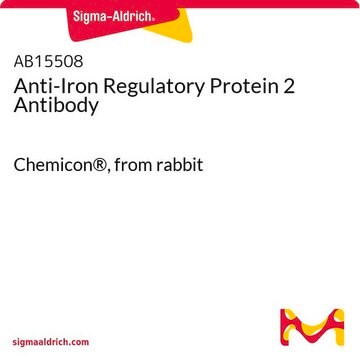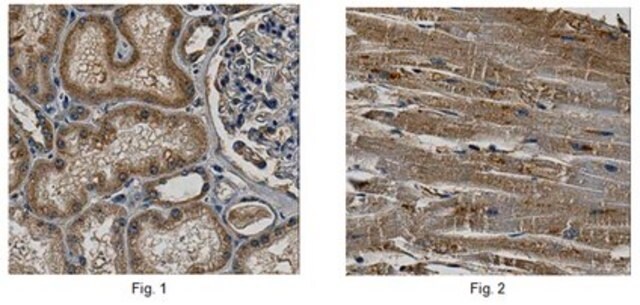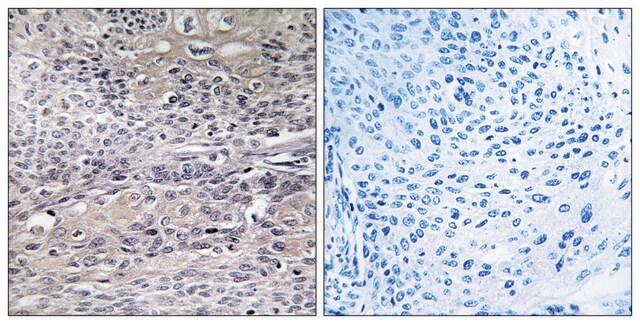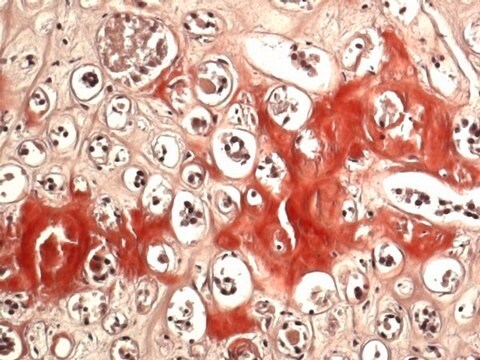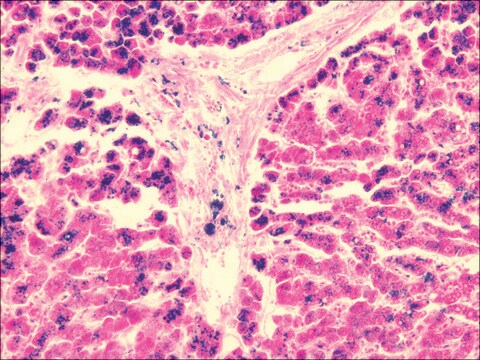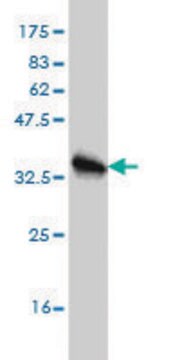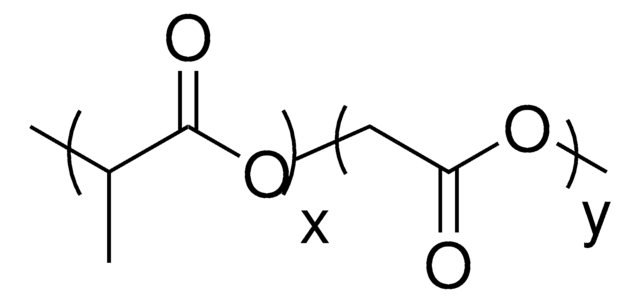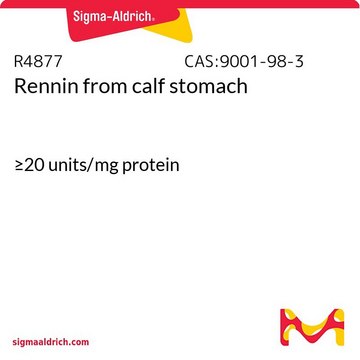MABS2030
Przeciwciało anty-IRP2, klon 3B11
clone 3B11, from mouse
Synonim(y):
Iron-responsive element-binding protein 2, IRE-BP 2, Iron regulatory protein 2
About This Item
Polecane produkty
pochodzenie biologiczne
mouse
forma przeciwciała
purified immunoglobulin
rodzaj przeciwciała
primary antibodies
klon
3B11, monoclonal
reaktywność gatunkowa
mouse, human
opakowanie
antibody small pack of 25 μg
metody
immunohistochemistry: suitable (paraffin)
immunoprecipitation (IP): suitable
western blot: suitable
izotyp
IgGκ
numer dostępu NCBI
numer dostępu UniProt
docelowa modyfikacja potranslacyjna
unmodified
informacje o genach
human ... IREB2(3658)
Powiązane kategorie
Opis ogólny
Specyficzność
Immunogen
Zastosowanie
Analiza Western Blotting: Reprezentatywna partia wykryła IRP2 w aplikacjach Western Blotting (Yoshinaga, M., et. al. (2017). Cell Rep. 19(8):1614-1630).
Signaling
Jakość
Immunohistochemistry (Paraffin) Analysis: A 1:50 dilution of this antibody detected IRP2 in human kidney tissue sections.
Opis wartości docelowych
Postać fizyczna
Przechowywanie i stabilność
Inne uwagi
Oświadczenie o zrzeczeniu się odpowiedzialności
Nie możesz znaleźć właściwego produktu?
Wypróbuj nasz Narzędzie selektora produktów.
Certyfikaty analizy (CoA)
Poszukaj Certyfikaty analizy (CoA), wpisując numer partii/serii produktów. Numery serii i partii można znaleźć na etykiecie produktu po słowach „seria” lub „partia”.
Masz już ten produkt?
Dokumenty związane z niedawno zakupionymi produktami zostały zamieszczone w Bibliotece dokumentów.
Nasz zespół naukowców ma doświadczenie we wszystkich obszarach badań, w tym w naukach przyrodniczych, materiałoznawstwie, syntezie chemicznej, chromatografii, analityce i wielu innych dziedzinach.
Skontaktuj się z zespołem ds. pomocy technicznej